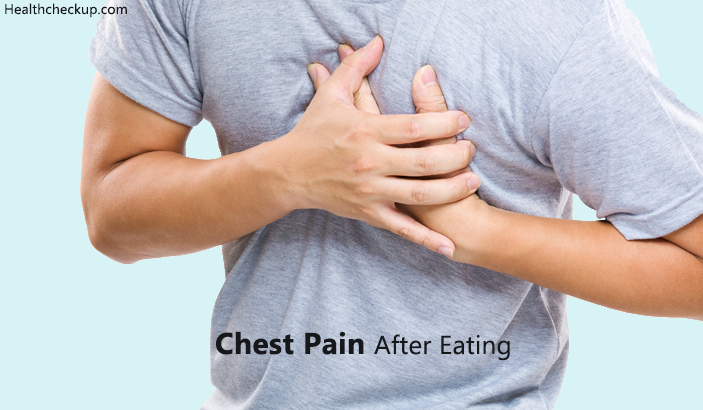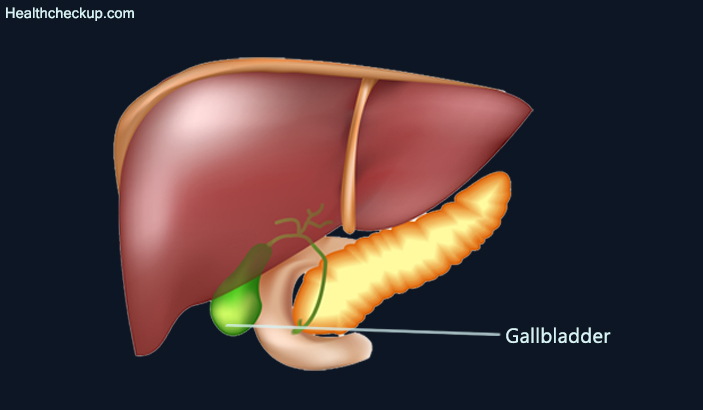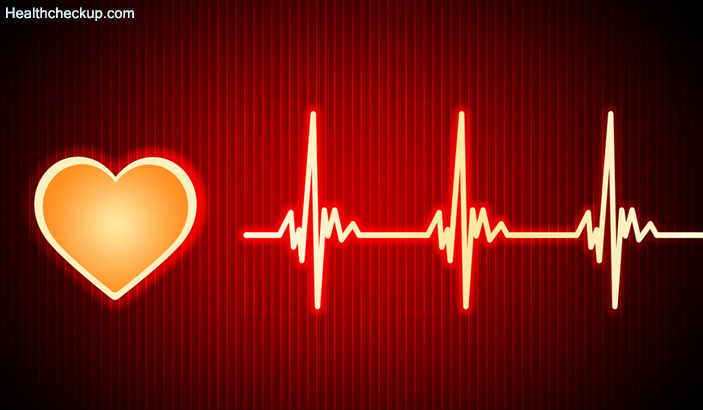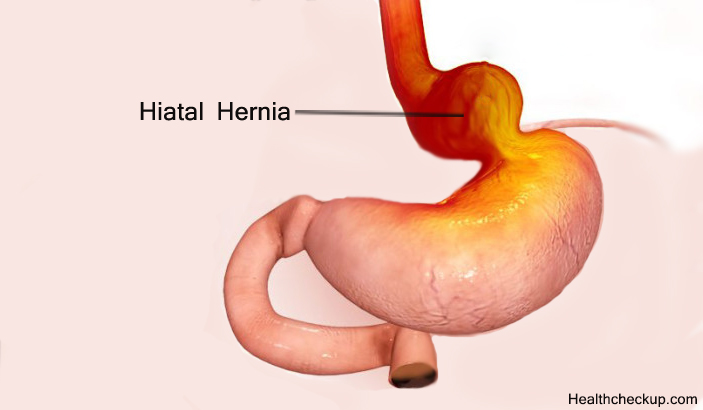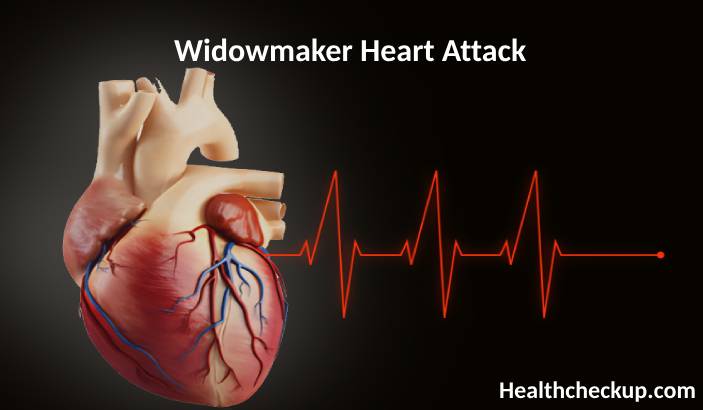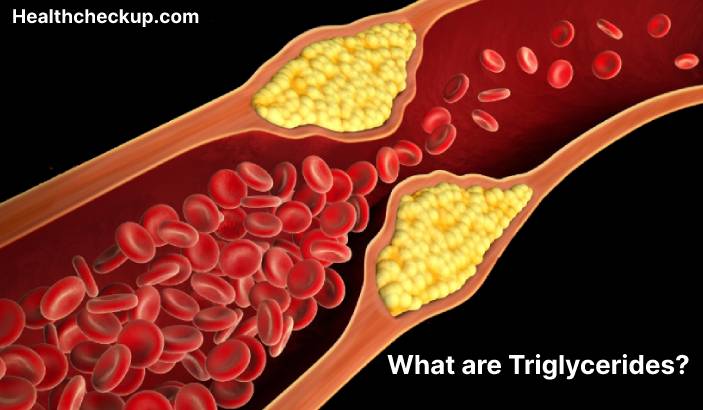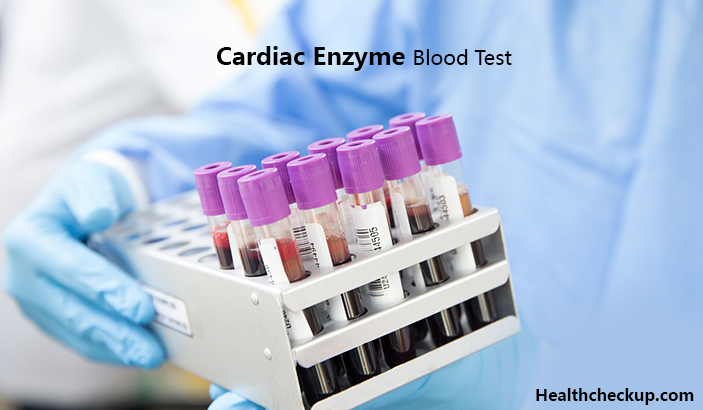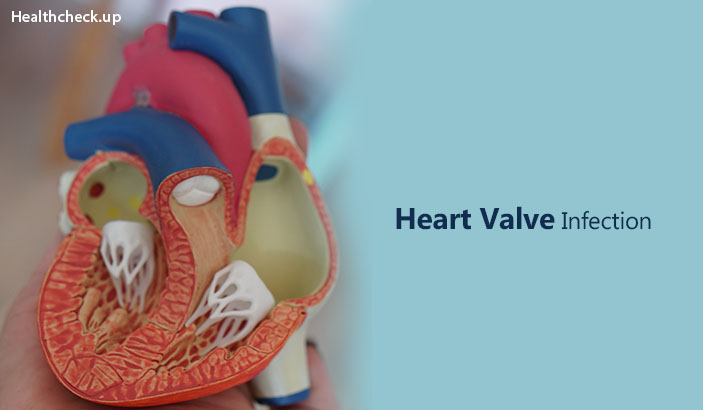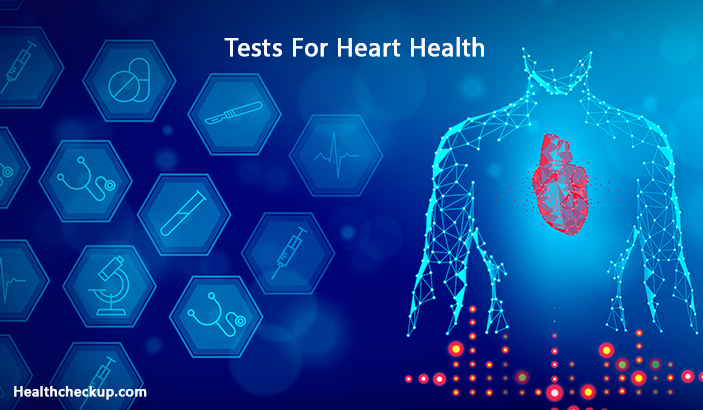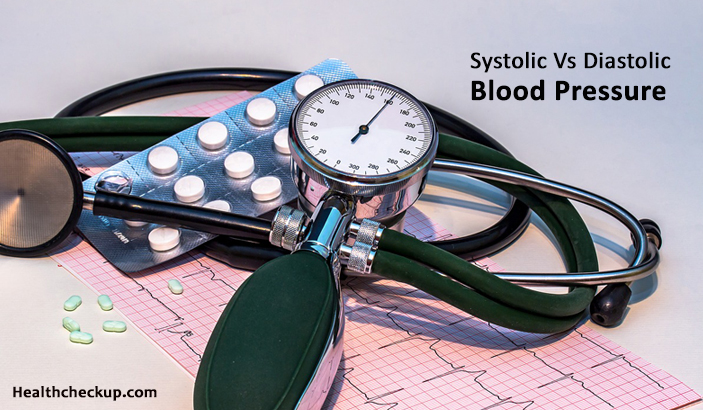You just finished your favourite meal and you develop intense chest pain after eating? It may feel like you’re having a heart attack, but it is most likely the result of a digestive condition. Chest pain can be due to eating large meals or not chewing the food properly. Another reason which can contribute to the pain can be sleeping right after your meals.
Chest pain can be a cause for concern. It can be associated with other severe health conditions and hence it is always better to take medical help. Your condition needs to be evaluated by your medical doctor to determine the cause of your pain. Do not attempt to treat your symptoms using over-the-counter medications, unless directed by a doctor.
Here are some symptoms which are signs that the chest pain after meals needs to be looked into seriously:
- Shortness of breath
- Dizziness or sometimes fainting
- Severe nausea
- Intense abdominal pain
- Vomiting, especially projectile vomiting or bloody vomitus
- Sharp pain that does not respond to antacids
What Causes Chest Pain After Eating Food?
The majority of the causes of chest pain after eating are related to digestive tract problems. Digestive issues may cause many problems including chest pain after eating. So here are some of the factors that can cause chest pain after meals:
Gallbladder Disease
The Gallbladder disease occurs whenever there are complications with your gallbladder. Common complications include inflammation and the formation of gallstones. The gallbladder is a sac that is located by your liver and stores extra bile in the event that you ingest a large amount of fat.
Bile helps the digestive system break down fat, allowing it to be absorbed into the body. If the pain in the center of your chest develops after eating fatty foods, you may have gallbladder disease. Other symptoms may include pain in the right side of your abdomen, loss of appetite, nausea and vomiting.
Gastroesophageal Reflux Disease
More commonly known as GERD, Gastroesophageal Reflux Disease is a digestive disease that causes chronic heartburn. Occasional discomfort or a burning sensation is common after eating greasy foods or foods that are high in spices or after overeating.
If you notice that you develop heartburn after every meal, you may have GERD. If you experience heartburn more than twice in one week, your doctor may run tests to diagnose your condition. GERD is commonly treated by making lifestyle changes to your diet, increasing liquid intake, and avoiding spicy and acid foods.
Ulcer
Ulcers that develop in your esophagus or stomach can cause pain in the center of your chest while you’re eating or shortly thereafter. An ulcer is an open wound that forms in the lining of your digestive tract, typically from a bacterial infection. The protective lining of your digestive system erodes, exposing the soft tissue underneath. While eating, the food may aggravate and irritate the sores, increasing pain. Ulcers may be treated with triple therapy, which is a combination of two antibiotics and bismuth subsalicylate.
Gas Consideration
The Gas pains can also cause pain to develop in the middle of your chest after eating. Gas develops when undigested carbohydrates enter the colon. Because the carbohydrates are indigestible, they ferment, releasing various gases that can build up in your digestive system, leading to pain.
Cardiac Causes
In patients with cardiovascular conditions or those at risk of cardiac conditions, pain after eating could be related to angina. A burning chest pain, or tight, crushing or stabbing pain may be reported. Other symptoms may include shortness of breath, dizziness and nausea.
If sweating, fainting and radiation of the pain to the left arm, jaw, neck, or back is also present, then it may be a myocardial infarction (heart attack) and immediate medical attention is necessary.
Achalasia
The area between the lower esophagus and the stomach is called the Esophageal Sphincter. This part allows food to pass from the esophagus to the stomach.
But during achalasia, this junction remains closed even if food gets accumulated in the esophagus. This accumulation can cause chest pain as it causes uneasiness and discomfort during the intake of food.
Esophageal Tear
This condition is a call for an emergency. A tear in the esophagus can be caused due to severe vomiting after a meal. It causes a constant chest pain. Eating or drinking just intensifies the pain further. Seeking medical help is a must in this situation.
Hiatal Hernia
Our upper body is divided into two parts Thoracic Cavity and the Abdominal Cavity separated by a sheet of muscle called Diaphragm. The esophagus passes through the layer through a hole present in the layer to reach the stomach.
In this condition, the stomach protrudes into the thoracic cavity through this hole and thus causes continuous chest pain. The chest hurts after eating, and the pain subsides only after the stomach becomes empty.
Angina
This condition occurs due to the insufficient blood supply to the chest. People with cardiovascular problems are more prone to this condition. If you are experiencing a stabbing pain after eating this can be the cause of your pain. It also causes crushing pain or a burning pain sensation. Nausea, shortness of breath and dizziness often accompany this condition.
Heart Attack
Myocardial Infarction, known as a Heart Attack, can be a primary cause of chest pain. It occurs due to the complete or partial stoppage of blood supply to the heart muscle.
This can cause a sharp pain in your chest which can travel to the left arm, back, jaw and the neck. Profuse sweating always accompanies this condition, and it needs immediate medical help.
Thoracic Aorta Dissection
Aorta is the primary artery which receives blood from the heart. It distributes the blood to different parts of the body. In thoracic aorta dissection, there are tears in the walls of the aorta, and the blood flows between the layers of the blood vessels causing dissection.
Natural Treatments For Chest Pain After Eating:
There are some natural remedies that can help relieve chest pain after eating. Some of them include:
1. Garlic
Garlic has a lot of health benefits which include reduction of high cholesterol and regulating the flow of oxygen rich blood. There are two simple ways in which garlic can be consumed to treat chest pain after eating.
You can add garlic juice in hot water and drink it. Eating two to three cloves of garlic in the morning on an empty stomach can also help.
2. Ginger
Consuming ginger is an easy way to deal with chest pain after eating. It regulates the cholesterol levels and protects the blood vessels from any damage caused by cholesterol.
You can add ginger to your tea when you feel pain in the chest. Or you can boil grated ginger in water and let it steep for few minutes. Eating a small piece of ginger in the morning on an empty stomach also helps.
3. Turmeric
Turmeric has anti-inflammatory properties which help to relieve the pain in the chest. It also has anti-oxidants which help clear clot formation and plaque build-up.
Turmeric also helps reduce cholesterol oxidation. You can consume turmeric by adding a half teaspoon of it to warm milk and honey mixture. Drink it while it is warm to relieve chest pain after eating. You can also add turmeric to your recipes or take turmeric supplements with a proper prescription.
4. Basil
Basil is an excellent home remedy for chest pain after eating as it has a high concentration of magnesium. Magnesium helps the heart and blood vessels to relax. Vitamin A in basil helps prevent the cluttering of cholesterol on the walls of the blood vessels. You can drink basil tea or chew few basil leaves when you experience pain.
Medically Reviewed By

I am an experienced Medical/Scientific writer with a passion for helping people live a happy healthy life. My thirst for writing has followed me throughout the years – it is there when I wake up, lingering at the edges of my consciousness during the day, and teases me at night as I go to sleep.


